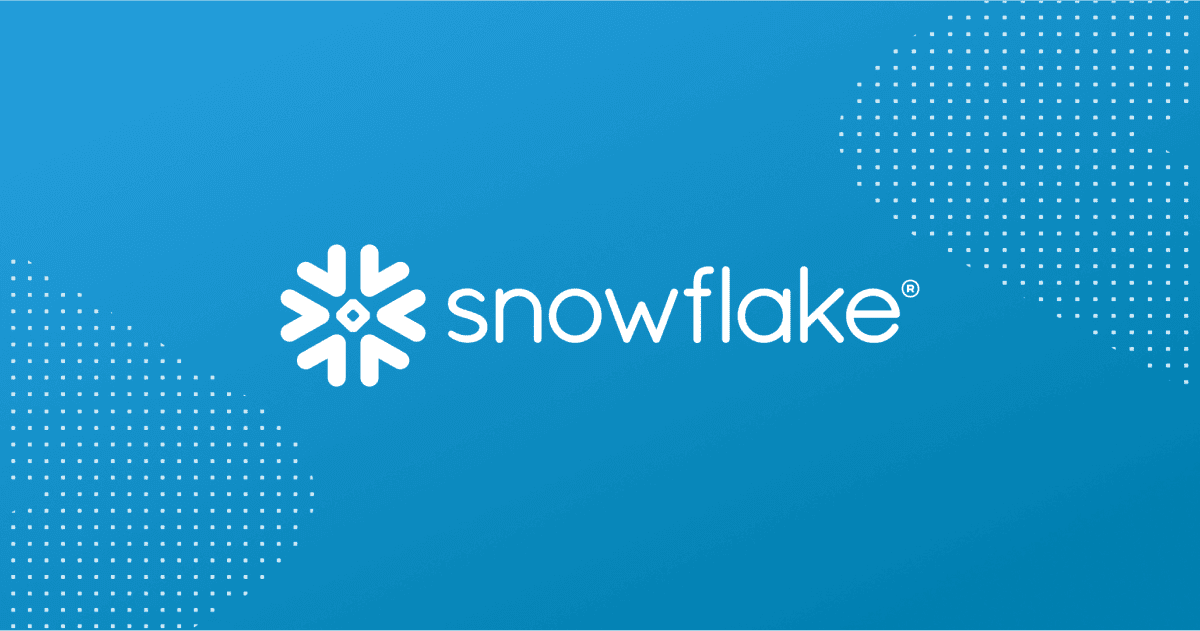
Building Effective Machine Learning Pipelines
To maximize the impact of ML models, organizations must adopt structured, scalable and automated ML pipelines — supported by efficient data deployment practices.
- Overview
- What is a machine learning pipeline
- The Role of data deployment in ML pipelines
- Operationalizing ML with MLOps
- The benefits of Structured pipelines and data deployment
- Resources
Overview
In modern AI and machine learning (ML) workflows, data is the foundational asset that powers intelligent systems. To maximize the impact of ML models, organizations must adopt structured, scalable and automated ML pipelines — supported by efficient data deployment practices. Together, these elements form the backbone of operationalized machine learning, enabling seamless transitions from raw data to real-time predictions.
What is a machine learning pipeline?
A machine learning pipeline is a series of interconnected stages that automate the ML lifecycle — from data collection and preparation to model training, deployment and monitoring. By organizing these steps into a repeatable framework, ML pipelines are streamlined workflows that enhance scalability and ensure consistency across environments.
Key stages of an ML pipeline
Data collection and ingestion
The process begins with aggregating data from diverse sources, such as databases, sensors, logs, APIs and streaming platforms.
Efficient data ingestion mechanisms are crucial for ensuring data is accessible, fresh and ready for transformation.
Data preparation and transformation
Raw data undergoes cleaning, normalization and feature engineering to make it suitable for model training.
This stage may include handling missing values, encoding categorical variables, scaling numerical features or creating derived features.
Model training
Machine learning algorithms are applied to the prepared data set to create predictive models.
This step involves selecting the right model architecture, tuning hyperparameters and validating performance through cross-validation techniques.
Model evaluation
Trained models are evaluated using performance metrics such as accuracy, precision, recall, F1 score or AUC.
Evaluation helps ensure that the model performs well not just on training data but also generalizes to unseen data.
Model deployment
Once validated, models are deployed into production environments to serve real-time or batch predictions.
This step involves making models accessible via APIs, integrating them with applications or embedding them into larger decision-making systems.
Model monitoring and feedback loops
Continuous monitoring of model performance is essential to detect data drift, performance degradation or anomalies.
Feedback loops ensure that new or updated data can be incorporated into the pipeline for retraining, keeping models accurate and relevant.
The role of data deployment in ML pipelines
Data deployment refers to the movement, transformation and operationalization of data across the stages of an ML pipeline. It ensures that the right data is available in the right format at the right time — whether for training, validation or serving models.
Key aspects include:
Scalability: Data infrastructure should support large-scale workloads and adapt to growing data volumes.
Latency and performance: Real-time or near real-time data access is critical for responsive AI applications.
Security and governance: Managing access control, data privacy and compliance is essential across the data lifecycle.
Consistency across environments: Development, testing and production systems must have consistent data access to ensure reliability.
Operationalizing ML with MLOps
Operationalizing ML pipelines involves implementing MLOps (machine learning operations) — a set of practices that bring automation, collaboration and lifecycle management to machine learning.
MLOps enables:
Automation of repetitive tasks such as model retraining and deployment
Version control for data, models and code
Continuous integration and delivery (CI/CD) for ML systems
Robust monitoring and alerting mechanisms
By adopting MLOps, organizations can reduce manual overhead, accelerate deployment cycles and ensure model reliability at scale.
The benefits of structured pipelines and data deployment
Efficiency: Automation reduces time and errors in model development.
Scalability: Pipelines support large data sets and complex workflows.
Reproducibility: Standardized steps ensure consistent results.
Agility: Data deployment frameworks enable rapid iteration and experimentation.
Maintainability: Continuous monitoring helps identify issues early and keep models performant.
